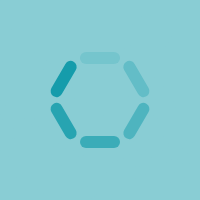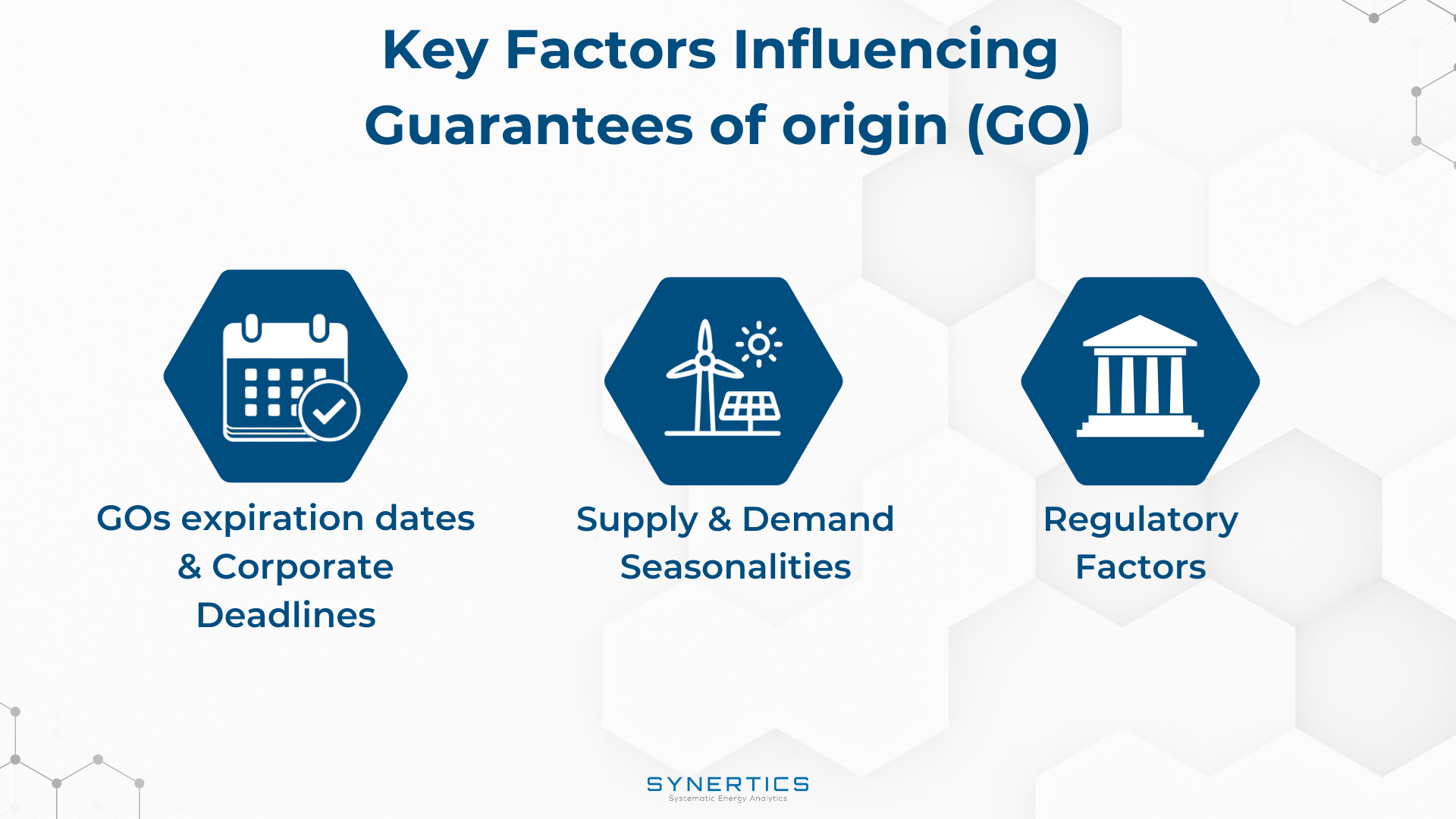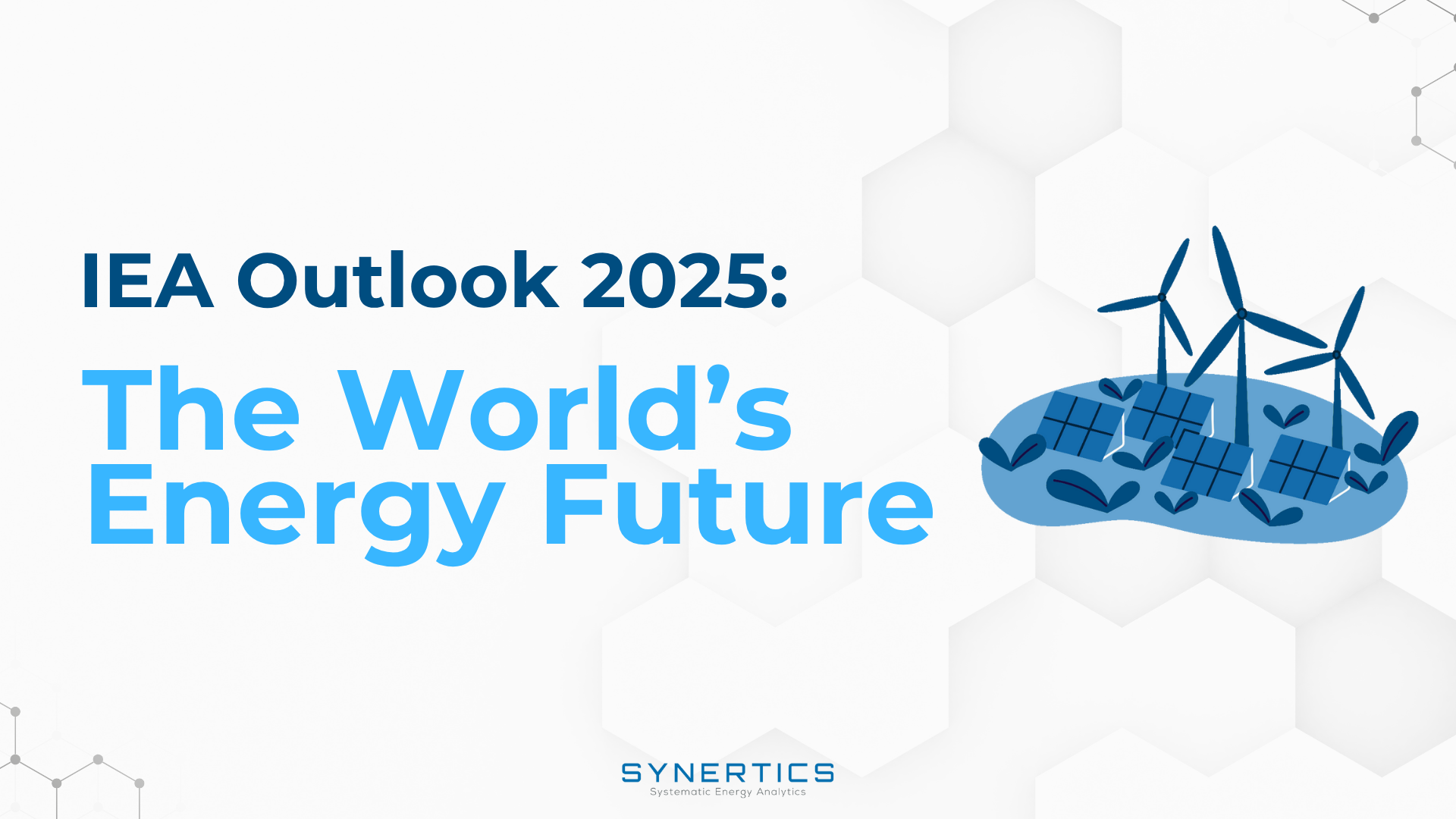Join us on our journey towards renewable energy excellence, where knowledge meets innovation.
Assessing the impact of clean electricity purchases on renewable energy capacity new developments.

In the ongoing global quest for decarbonisation, the transition to renewable energy sources stands as a crucial step. Both private consumers and corporations have recognized their role in this transition by opting to procure clean electricity.
However, a critical question arises: Does every purchase of clean electricity genuinely contribute to an increase in renewable energy capacity?
Read further to understand how this question is connected to the concept of additionally.
Additionality, in the context of clean electricity procurement, evaluates whether such interventions result in a tangible increase in renewable energy capacity compared to a scenario where the purchase did not occur.
It assesses whether the action of purchasing clean electricity leads to the addition of renewable energy generation capacity that otherwise would not have been developed.
To understand additionality, we must examine the effects of the purchase against a baseline scenario.
In essence, if the same renewable energy capacity would have been added regardless of the purchase, then the intervention lacks additionality. However, if the purchase catalyses the development of new renewable energy projects that would not have materialised otherwise, it signifies a positive additionality.
Assessing additionality involves two crucial steps:
Development of new projects
Firstly, it evaluates whether the purchase of clean electricity leads to the initiation of new renewable energy projects. If the purchase incentivizes the creation of new projects, it indicates potential additionality.
Reduction in grid emissions
Secondly, it examines whether these new projects contribute to a reduction in grid emissions. This step ensures that the added renewable energy capacity effectively aids in decarbonizing the grid, aligning with the overarching goal of transitioning to sustainable energy sources.
However, assessing additionality is not without its challenges. It requires comprehensive analysis and comparison with hypothetical scenarios, making it a complex endeavour.
Thus, there is a pressing need for standardisation efforts to define clear metrics for additionality assessment. Establishing such standards will enable consumers to make informed decisions when purchasing clean electricity, ensuring that their actions genuinely support the energy transition.
In conclusion, additionality serves as a crucial metric for evaluating the effectiveness of clean electricity procurement in driving renewable energy capacity expansion. By understanding and implementing rigorous assessment frameworks, stakeholders can ensure that their efforts in purchasing clean electricity contribute meaningfully to the global transition towards a sustainable energy future.

Insights, Market-trends
15th Dec, 2025

Insights
2nd Dec, 2025

Insights
19th Nov, 2025